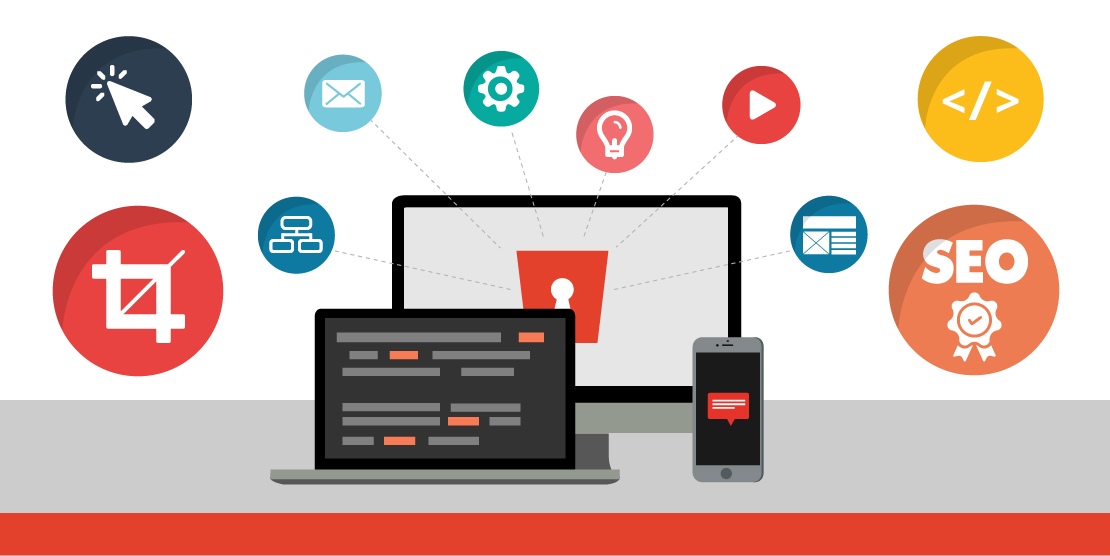It is 2023, and if you do not have a website, that is a terrible choice for your organization. Every person nowadays, young or old, uses the internet to find details about a nonprofit or private organization. Every organization in this day and age should have a website; otherwise, their competitors will leave them behind.
Building or redesigning a website sounds scary and extensive. What to include, what not to include, how many pages, how many categories, and how much will it cost? These are just a few questions that may arise when you are advised to build or redesign a website. However, sweat not because even with a limited budget, you can still build your website.
Here are a few tips on how you can build or redesign your outdated website:
1. Take your SEO into account before a redesign.
The first thing when redesigning your website should involve considering how it will affect your rankings. Before you go ahead and plan to purge outdated content, you may want to determine where they rank in the search engine results pages (SERPs). Retaining, improving, or losing what you rank for will certainly be affected by your website redesign.
2. If you are on a limited budget, prioritize essential pages.
Please think of the essential pages your website will require, whether you want to include a testimonial page, a home page, an about us page, or a product category page. Based on your website objectives, it should be what you think is the most important. If you don’t have a website objective, you should take a step back and determine precisely what you want to achieve from the website you’d be building or redesigning. Once you know it, you’ll also know what to include or not include in your site.
3. Use plain language and help your content get found easier on Google
Redesigning your website does not mean that you will have to start from scratch. Just a little tweaking in your old content should be sufficient. Before you can do this, you will ideally take inventory of all of your website content. Then, improve your content based on your digital content and SEO strategy. Also, be sure to fix typos, add relevant headings and subheadings, and use plain language for easy readability; by using words that users are familiar with – you make your content more likely to show up in search results. Don’t forget to use different sizes to implement typographic hierarchy.
4. Make a visual impact with professional design and photography.
Examples of poor websites commonly have little to no visual impact and are all about the text. If you’re on a limited budget, that does not mean you must hire professional photographers and buy professional equipment. You can quickly get stock photos off of the internet. There are many websites that either sell stock photos or offer them for free. Remember that any image you embed should include an alt attribute for accessibility and SEO. You can use our free SEO checker to audit your website to see if the alt text is missing.
5. Update your website to run on a content management system (CMS) such as WordPress.
Static HTML may be cumbersome and less friendly than an advanced CMS. WordPress powers 43% of the top 10 million sites on the internet; setup properly, it can be SEO-friendly, easy to manage and maintain, and offer a variety of designs (also known as themes) that are ready to use out-of-the-box. Custom themes are recommended if you have the budget for professional web development services.
6. Plugins, like Yoast SEO for WordPress, are a great way to ensure greater functionality of your website.
Plugins like Yoast SEO extend the functionality of WordPress-powered websites to ensure technical optimization of your site & assist with optimizing your content. There are many valuable plugins – most of which are free of cost – but should be vetted for compatibility with your theme and WordPress version. Always check the reviews and compatibility before installing. Once vetted (and tested), you can easily add features you want; here are a few examples: an online chat box, online video calls, a newsletter subscription bar, and so much more. Just be sure to test it in a development or staging environment first.
If you can afford a website designer, choose Key Medium’s website design and SEO services and our award-winning team. If you’d like to learn more about the latest trends and developments in technology, web development, search engine optimization, user experience design, or digital marketing – check out our growth library.
Need help with your next steps? We have many curated resources to help you select your web design partner (or contract designer).
This article was first published on August 22, 2018, and was recently updated on August 15, 2022.
Source:
1. NNGroup – Plain Language For Everyone, Even Experts (Video)

Ali Jaffar has been building dazzling websites and creating amazing online experiences for over a decade. His mastery of the latest innovations in web development results in world-class website experiences set apart by show-stopping style and seamless functionality. A sought-after consultant and 50-time award-winning storyteller, UX expert, and web developer — Ali lends his talents to build and bolster digital experiences for a wide array of clients — with a keen focus on web design for nonprofit organizations, B2B, and government agencies. When Ali’s not helping his clients grow or providing pro bono services via his Coding For Causes program, you can find him exploring beautiful open spaces with his dog, working on digital solutions like the Good Jobs Search Engine software, or doing yoga.
Connect with Ali on LinkedIn to continue the conversation, or follow him on Threads.

